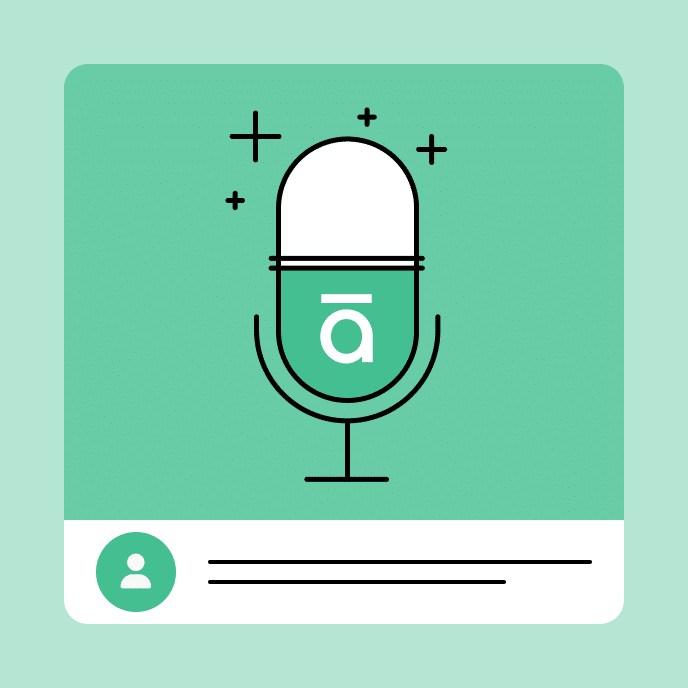3 Strategies to Attract and Retain Top Talent
Learn key ways to build a successful culture of learning and development, helping your business attract and retain top employees and increase ROI.

Employee retention efforts and the value of learning
Great leaders know that the team members they hire can have a profound impact on their business’s ROI. Talented employees have the power to strengthen company culture, improve efficiency, and think more innovatively. Accordingly, Gartner research reported that 46% of HR leaders considered recruiting strong talent their top priority for 2023.
Yet hiring is only part of the equation. In order to prove their full value, new hires have to stick with your business over time. In today’s job market, employee retention can be a particular challenge. Studies show that in the first 90 days of employment, 30% of new employees leave their jobs due to factors like mismatched role expectations and poor company culture.
Even when qualified candidates abound, the best way to attract and retain employees is to build a learning and growth company culture. In this post, we’ll cover three ways to start.
Looking for more employee retention strategy insights and how to improve your strategy with e-learning? Get our full e-book: The $1 Trillion Turnover Problem and How to Fix It.
Key Takeaways
Effective employee retention strategies
Building a culture of learning and development for your employees doesn’t happen overnight. Use the following employee retention strategies as part of a holistic approach to employee job satisfaction that’s key to gaining and retaining top talent.
1. Understand how training improves employee job satisfaction
Amid ongoing conversations about flexibility, balance, and equity, employees are gravitating to companies that walk the talk in the form of strong personal and professional support.
After all, reskilling and upskilling opportunities can improve performance and job security and increase compensation and career growth possibilities for workers. It’s no surprise that Forbes calls professional development “the new pension”—an essential ingredient of any competitive benefits package.
Encourage employees to participate in workplace learning
To ensure your training opportunities match up with your employees’ priorities, focus on the following tactics:
- Make training a part of day-to-day conversations. Supervisors should mention opportunities in one-on-ones with their direct reports and encourage employees to take advantage of training options. Share training benefits in company meetings and other messaging touchpoints. When individuals are aware of learning benefits, they’re more likely to take advantage of them.
- Highlight training opportunities on your website. Make it easy for job seekers and new hires to find information about your training programs and showcase this incredible benefit before they’ve even applied.
- Ask frontline leaders for input. These employees have a great pulse on what skills matter most to their teams and can help you shape training that is relevant and valuable to them.
- Track training engagement over time and seek participant feedback. Monitor and evaluate which of the organization’s courses has the most signups and highest attendance. Those with the highest employee engagement and retention rates will help you identify what’s working well and what needs improvement.
2. Give preboarding and onboarding the attention they deserve
Interviewing and hiring a new employee costs time and money. But the turnover costs of losing an employee can cost you, too—up to twice their annual salary, thanks to lost productivity, recruiting resources, and onboarding time for a replacement.
Get it right with new employees the first time. Support that investment with a robust onboarding process, and find your resources well spent. The impact of effective onboarding on the bottom line is clear.
For best results, focus not only on onboarding—the period in the hiring process between the day an employee starts work and gets up to speed—but also on preboarding. The latter involves the communication you have with your new hires after they sign their new job offer and before their first day, and it’s critical for getting your employee relationships off on the right foot.
By setting employee expectations about key processes, welcoming them to your organization, and offering resources where they can learn more, you build trust and loyalty before their first day. This can pave the way for better employee relationships, higher levels of job success, and increased retention.
3. Learn the truth from valued workers in exit interviews
The truth hurts. But that doesn’t mean you can’t learn from it. Too often, we only hear what makes employees stay—they don’t reveal what’s not working until it’s too late. It’s hard to learn in exit interviews that departing employees saw few opportunities for growth and skill development in their jobs.
It doesn’t have to be this way. According to a LinkedIn survey, 94% of employees said they’d stay at a company longer if it invested in helping them learn—and more than a quarter cited lack of opportunity to learn and grow as their top reason to leave a job.
If common reasons for leaving include disappointment in employers’ learning and development opportunities, the effect on businesses is huge. But what if you could meet employees’ needs with flexible courses they could take on their own time—ones that would help them grow their skills and advance their careers? And how much more could your workforce accomplish with those committed, engaged people on your side?
The staying power of a culture of learning
Workplace success depends on reducing turnover. In this tough hiring market, you need employees who are engaged and focused on their current jobs, not their next ones. The good news is that what they want is clear: support employees with jobs where they can learn and grow.
To create an environment where job seekers see themselves thriving with you long-term, approach learning from multiple angles. Then, encourage leaders and managers to continually seek feedback, monitor results, and adjust their approach over time to keep up with developing employee priorities. By doing so, you can foster strong relationships with your employees that encourage them to stick with you over time.
To learn strategies for improving employee retention with e-learning, read our e-book: The $1 Trillion Turnover Problem and How to Fix It.
You may also like

Translation vs. Localization: What’s the Difference?
Compare the difference between translation vs. localization and find out how to choose the best approach for your global workforce training needs.

